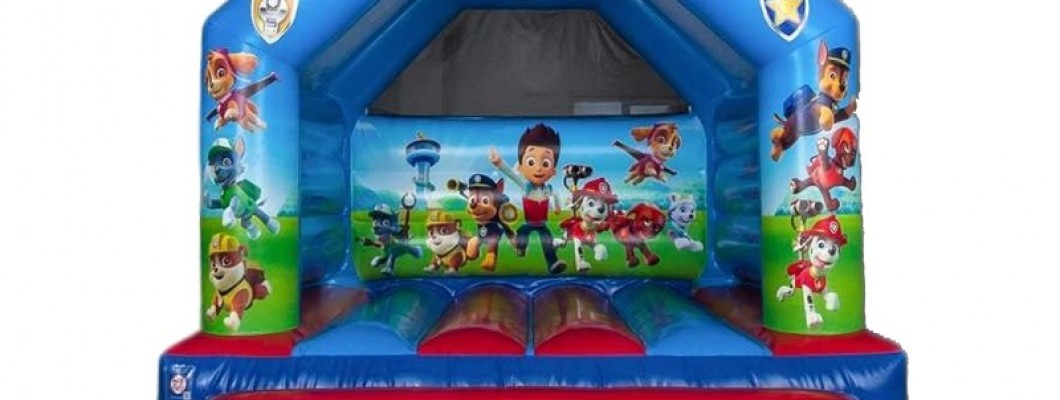
Inflatable castles, also known as bounce houses, are a fantastic source of entertainment for children and even adults. However, to ensure they remain in top condition over time, proper care and maintenance are essential. This guide will walk you through various steps and best practices to protect your inflatable castle from damage and extend its lifespan.
1. Choose the Right Location
One of the most critical factors in protecting your inflatable castle is selecting an appropriate setup location. Always ensure that the surface is:
- Flat and Smooth: A flat surface helps distribute weight evenly, reducing the strain on certain areas.
- Free of Sharp Objects: Remove any rocks, sticks, or other sharp objects that could puncture the material.
- Clear of Debris: Before inflating, clear the area of any debris that could cause wear and tear.
2. Use a Ground Cover
Placing a ground cover beneath your inflatable castle provides an extra layer of protection against potential damage from the ground. Consider using:
- Tarps: Heavy-duty tarps are durable and offer a robust shield against rough surfaces.
- Plastic Sheets: Thick plastic sheets can also serve as a barrier, especially on slightly uneven or rough surfaces.
- Foam Mats: For indoor setups, foam mats can provide cushioning and reduce the risk of punctures.
3. Avoid Overloading
Every inflatable castle comes with specific weight and capacity limits. To avoid overloading:
- Adhere to Weight Limits: Never exceed the maximum weight limit specified by the manufacturer. Overloading can cause seams to burst or the material to stretch and weaken.
- Limit the Number of Users: Follow the recommended number of users at a time to prevent overcrowding, which increases the risk of damage.
4. Regularly Clean the Surface
Keeping your inflatable castle clean is vital for maintaining its condition over time. After each use:
- Wipe Down the Surface: Use a soft cloth or sponge with mild soap and water to clean the inflatable. Avoid harsh chemicals that can degrade the material.
- Remove Dirt and Debris: Pay special attention to areas where dirt and debris accumulate, as these can cause abrasion during use.
- Dry Thoroughly: Ensure the castle is completely dry before storing to prevent mold and mildew growth.
5. Store Properly
Proper storage is crucial to protect your inflatable castle from environmental factors that can cause damage over time. Follow these storage tips:
- Completely Dry: Always make sure the inflatable is dry before folding and storing it. Moisture can lead to mold, mildew, and material degradation.
- Cool, Dry Place: Store the inflatable in a cool, dry area, away from direct sunlight, extreme temperatures, and humidity, which can weaken the material.
- Avoid Sharp Objects: When storing, keep the inflatable away from sharp objects or edges that could cause punctures or tears.
6. Repair Minor Damages Promptly
Even with careful use, minor damages such as small holes or tears may occur. To prevent these from becoming major issues:
- Inspect Regularly: After each use, inspect the inflatable for any signs of damage, including small punctures or tears.
- Use a Patch Kit: Repair minor damages immediately using a patch kit designed for inflatable materials. This will help maintain the integrity of the structure and prevent further damage.
7. Follow Manufacturer's Instructions
The manufacturer's instructions are there to ensure your inflatable castle is used safely and effectively. Always:
- Follow Setup Guidelines: Adhere to the setup instructions, including inflation and deflation processes.
- Understand Safety Precautions: Be aware of any safety precautions, such as avoiding certain weather conditions or not using the inflatable on specific surfaces.
- Maintenance Tips: Regularly review the maintenance tips provided by the manufacturer to keep your inflatable in optimal condition.
8. Supervise Usage
Supervision is key to preventing damage caused by rough play or misuse. While the inflatable castle is in use:
- Monitor Activity: Always supervise children and other users to ensure they are playing safely and within the recommended guidelines.
- Prevent Rough Play: Discourage rough play, such as flipping, jumping off the top, or overcrowding, which can lead to damage or injury.
- Weather Considerations: Avoid using the inflatable in high winds or storms, as these conditions can cause serious damage.
Conclusion
Protecting your inflatable castle from damage over time requires careful attention to location, proper usage, regular cleaning, and prompt repairs. By following these guidelines, you can ensure that your inflatable castle remains a source of fun and entertainment for years to come. Remember, the longevity of your inflatable castle largely depends on how well you care for it.
